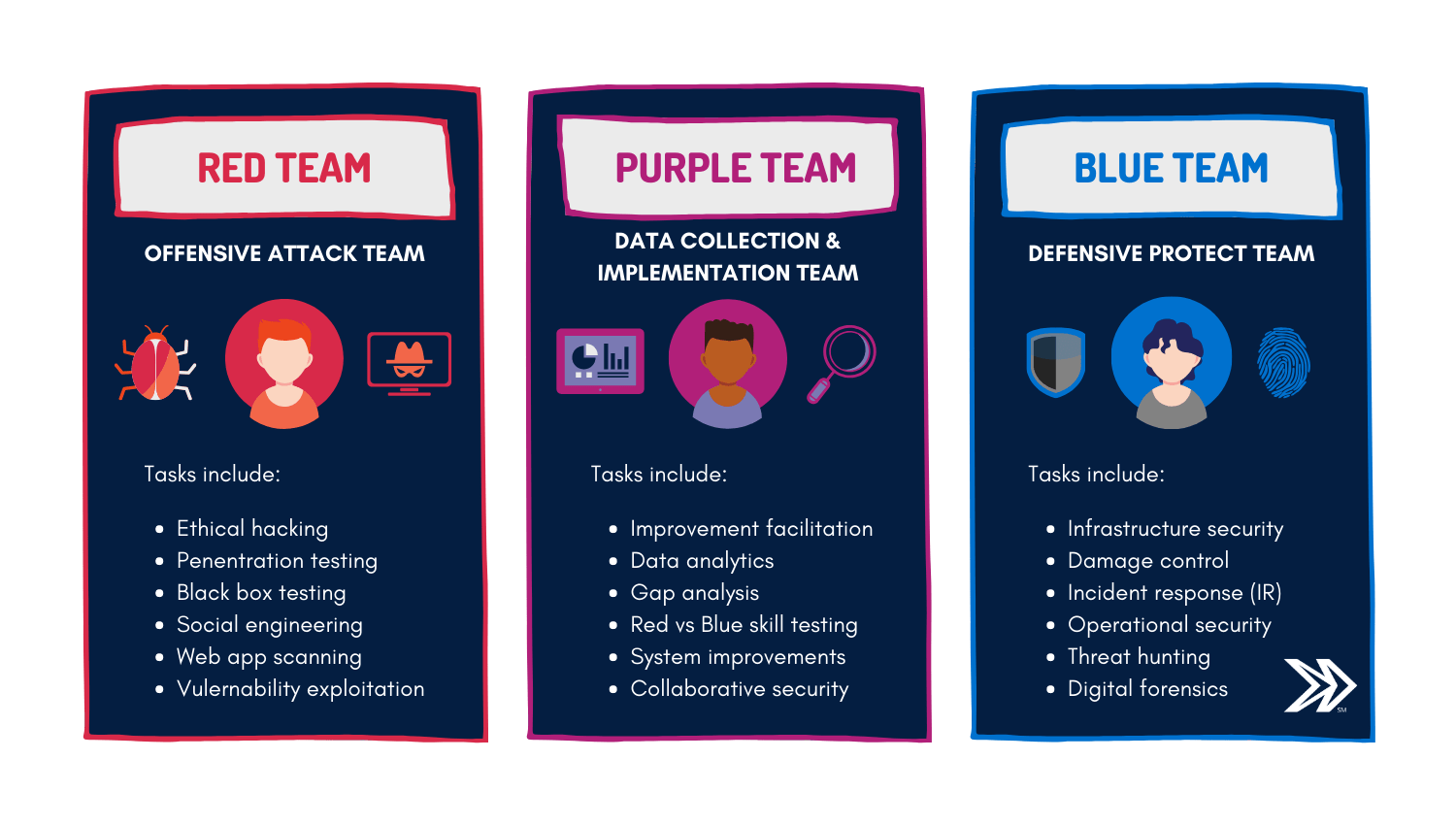In a recent surge of cyberattacks, the notorious BlackByte ransomware group has begun exploiting a critical vulnerability in VMware ESXi servers. This latest development underscores the growing threat landscape, where cybercriminals are increasingly targeting virtualization platforms to maximize their impact.
Understanding the VMware ESXi Vulnerability
VMware ESXi is a popular virtualization platform widely used in enterprise environments to manage virtual machines. The specific vulnerability exploited by BlackByte allows attackers to gain unauthorized access to these servers, enabling them to encrypt crucial data and demand ransom from affected organizations.
The vulnerability, identified as CVE-2023-XXXX, involves a flaw in the ESXi hypervisor that permits remote code execution. This flaw, if left unpatched, can serve as an entry point for ransomware like BlackByte, allowing attackers to infiltrate networks, compromise virtual machines, and deploy malicious payloads.
How BlackByte Operates
BlackByte ransomware is known for its ability to quickly spread across networks, encrypting files and demanding payment for decryption keys. The group behind BlackByte is highly sophisticated, often using advanced tactics such as double extortion, where they not only encrypt data but also threaten to leak sensitive information if the ransom is not paid.
In the latest attack wave, BlackByte has focused on exploiting the VMware ESXi vulnerability to target businesses across various sectors. The group’s strategy typically involves gaining initial access through the unpatched ESXi servers, escalating privileges, and then deploying the ransomware across the network.
The Impact on Organizations
The exploitation of the VMware ESXi vulnerability by BlackByte ransomware has significant implications for businesses. Organizations that rely heavily on virtualization for their IT infrastructure are particularly vulnerable. The attacks can lead to substantial downtime, loss of critical data, and significant financial costs due to ransom payments and recovery efforts.
Moreover, the reputational damage caused by such attacks can be devastating, especially if sensitive data is leaked. The double extortion tactics used by BlackByte add an additional layer of pressure on organizations to meet ransom demands.
Protecting Against BlackByte Ransomware
To mitigate the risk of BlackByte ransomware attacks, organizations must take proactive measures to secure their VMware ESXi environments. Key steps include:
- Patch Management: Ensure that all VMware ESXi servers are up to date with the latest security patches. This is crucial in preventing exploitation of known vulnerabilities.
- Network Segmentation: Implement strong network segmentation to limit the spread of ransomware within the organization. Isolating critical systems can reduce the impact of an attack.
- Regular Backups: Maintain regular backups of all critical data and ensure that these backups are stored securely and offline. This can aid in recovery if an attack occurs.
- Incident Response Planning: Develop and regularly update an incident response plan that includes specific actions to take in the event of a ransomware attack. This plan should involve key stakeholders from across the organization.
- Employee Training: Educate employees about the risks of ransomware and the importance of cybersecurity hygiene, such as avoiding suspicious emails and links.
Conclusion
The exploitation of VMware ESXi vulnerabilities by BlackByte ransomware is a stark reminder of the evolving cyber threat landscape. As cybercriminals continue to target critical infrastructure, organizations must remain vigilant and take comprehensive steps to protect their virtualized environments. By staying informed and implementing robust security measures, businesses can reduce the risk of falling victim to these sophisticated ransomware attacks.





